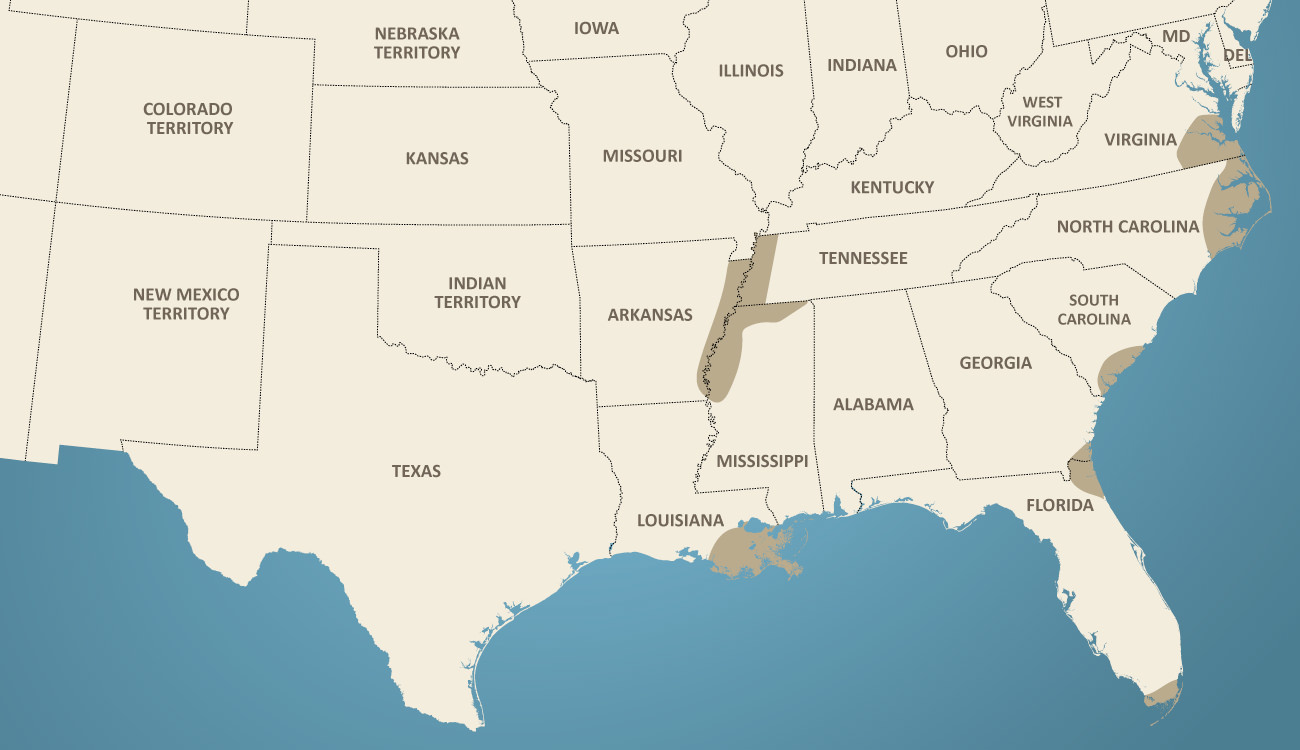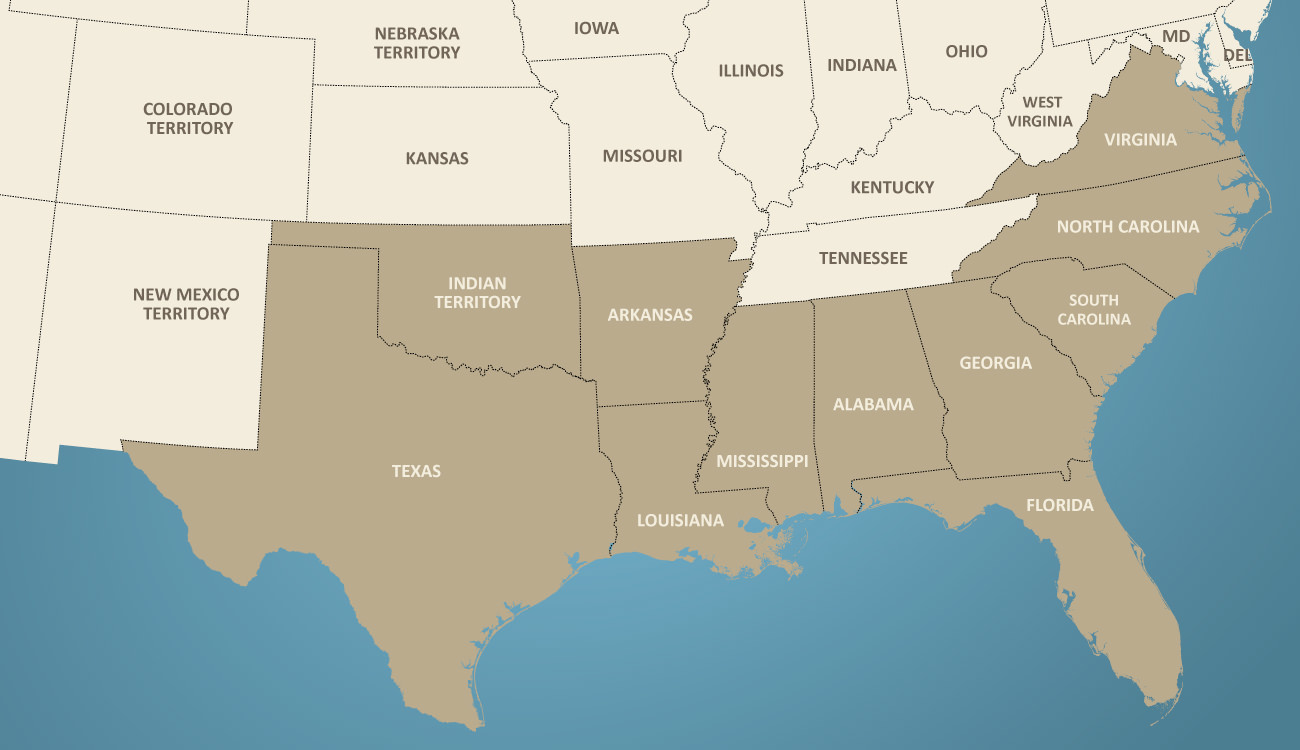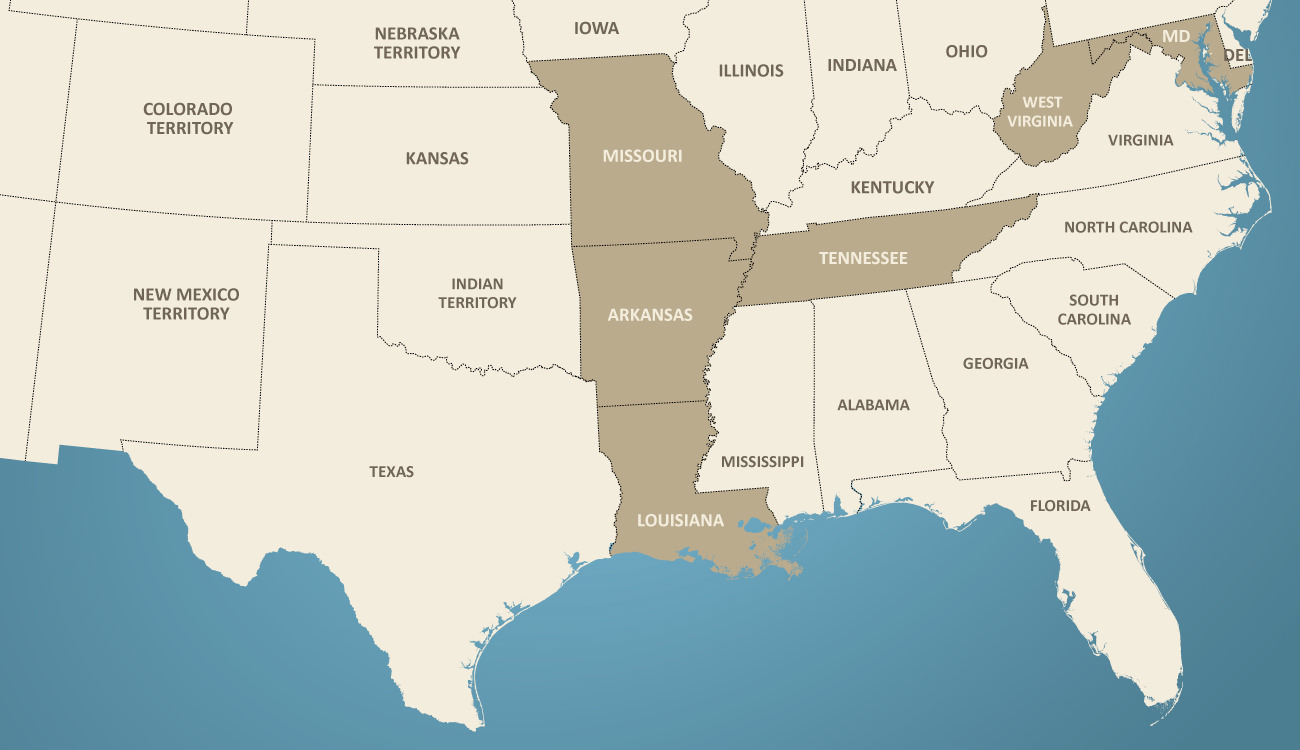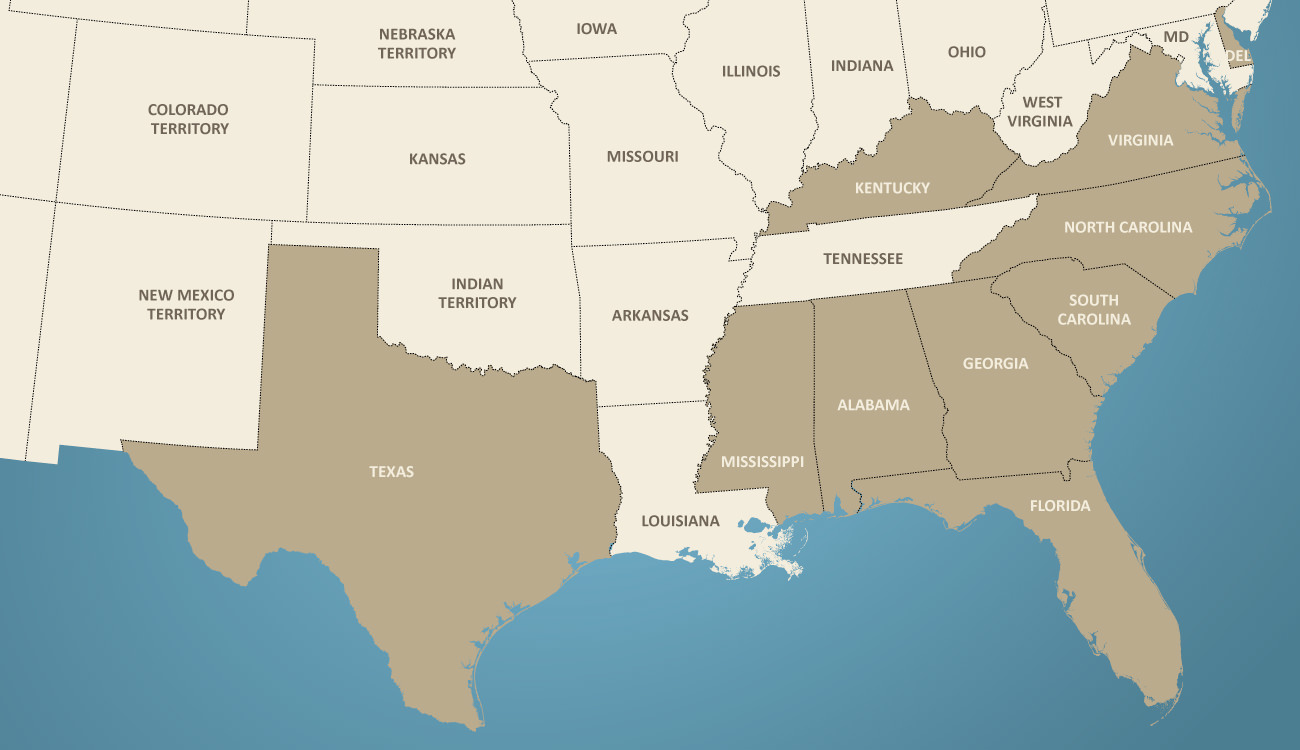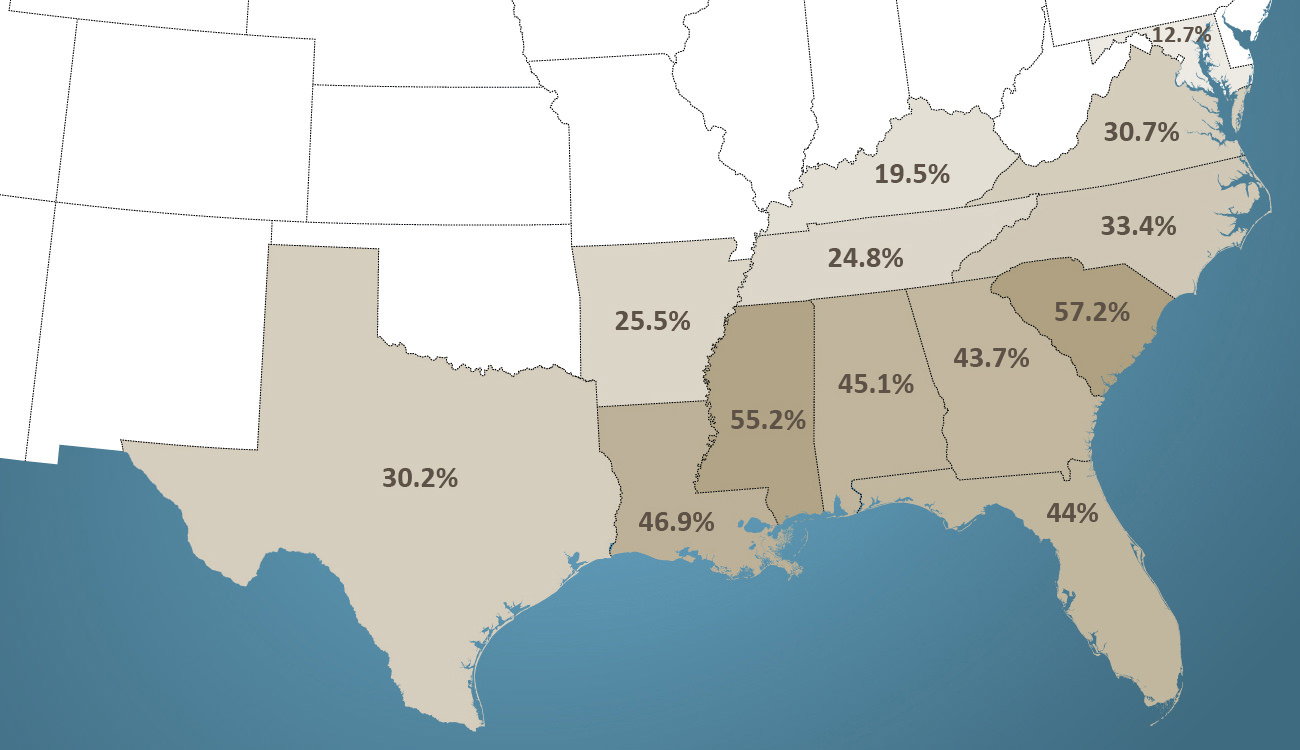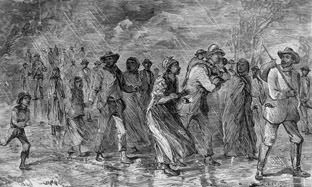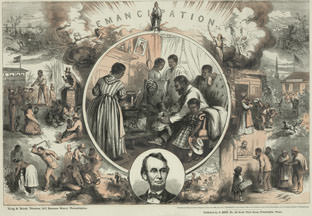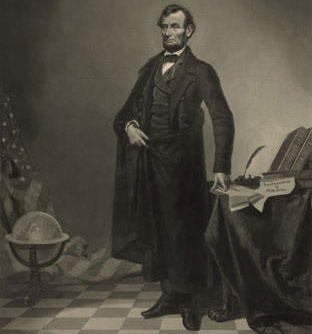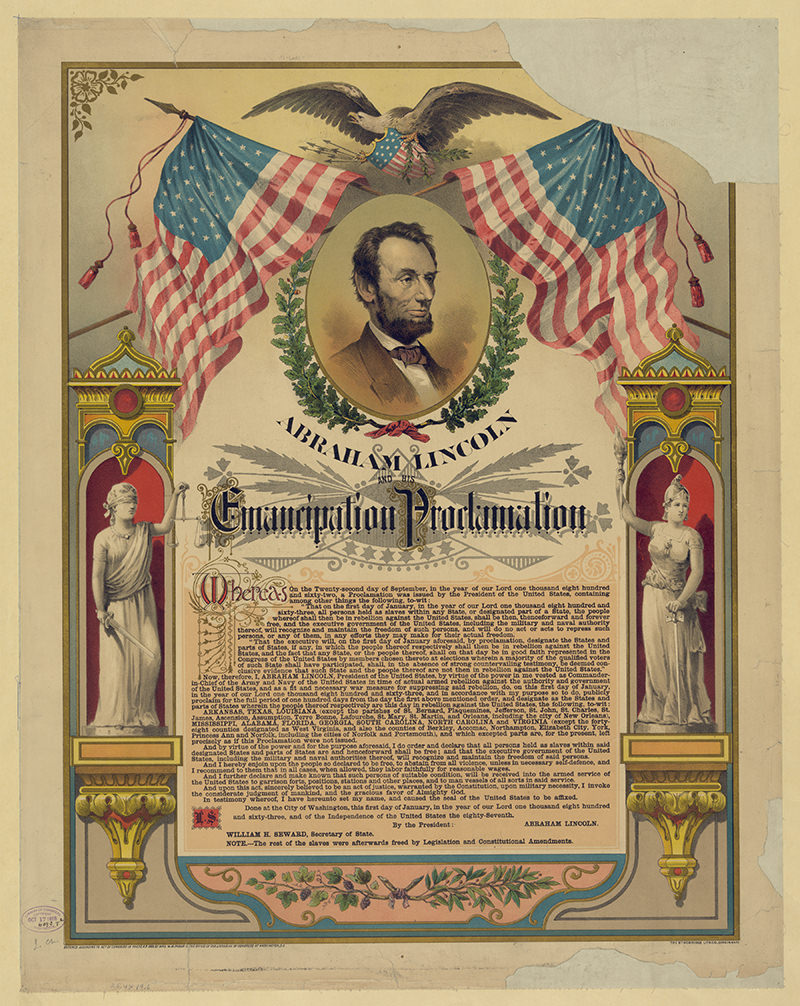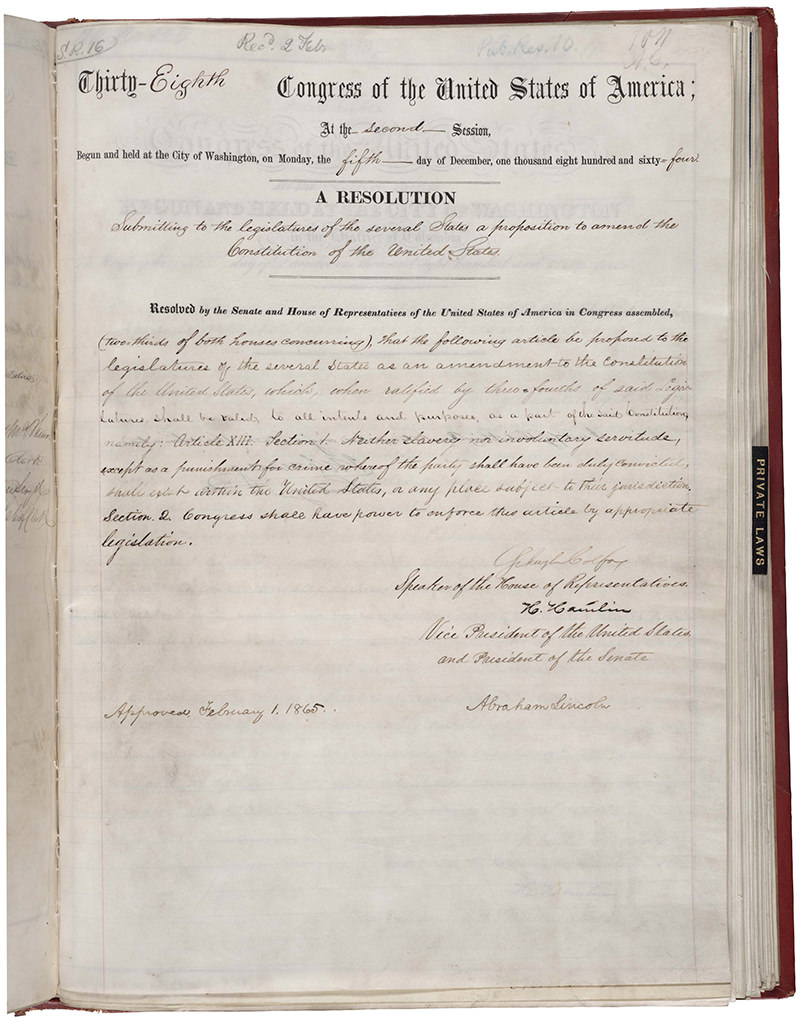Free or Not Free
President Lincoln knew the United States government could only wage war to protect the Union, not to eliminate slavery. Proslavery and antislavery proponents acknowledged the Constitution protected the institution of slavery in the states where it existed. However, government supporters argued that when states seceded from the Union, they forfeited the Constitution's protection. Therefore, under the laws of war, military commanders could hold slaves as a military necessity or as contraband. This solution provided the trappings of freedom to people whose status remained unclear. Many slaves considered it the first step on the path to freedom. It was not until 1863 that Congress passed the Emancipation Proclamation freeing slaves in Confederate territory. It was another two years before a constitutional amendment banned slavery in the United States forever.
Paths to Emancipation
Self-Emancipation
In the 1840s, abolitionists started to use the term self-emancipation to refer to slaves who escaped to Free States. However, the 1850 Fugitive Slave Act permitted slave owners to recapture runaway slaves even in states where slavery was illegal. After Southern states seceded from the Union, Free States felt no obligation to return runaway slaves. This opened the door to self-emancipation.
Military Emancipation
In May 1861, three runaway slaves entered Fortress Monroe, Virginia. General Benjamin Butler refused to return the men to their owner. Butler argued that since the slaves would be used to build Confederate fortifications, he could hold them as "contrabands of war." The US government supported his actions by passing the Confiscations Acts.
In April 1862, Major-General David Hunter, commanding officer at Hilton Head, issued General Orders 11 declaring South Carolina, Georgia, and Florida were under martial law and therefore all people held as slaves in those states were "forever free."
President Lincoln rescinded the order 10 days later saying that "…neither General Hunter, nor any other commander, or person, has been authorized by the Government of the United States, to make proclamations declaring the slaves of any State free; and that the supposed proclamation…is altogether void, so far as respects such declaration."
The Confiscation Acts
The Confiscation Acts permitted Union officers to hold as forfeit any slaves in Union-occupied territory used in support of the rebellion, slaves who emancipated themselves by coming to Union lines, and slaves abandoned by their owners ahead of Union advances.
The Emancipation Proclamation
On January 1, 1863, President Lincoln signed the Emancipation Proclamation and freed slaves in the ten states still in rebellion against the Union. Nearly 50,000 slaves in regions where rebellion was subdued, such as Hilton Head Island and Beaufort, were emancipated immediately. As the Union Army took control of Confederate lands, three million more slaves were freed.
“I know very well that the name which is connected with this act will never be forgotten. It is my greatest and most enduring contribution to the history of the war. It is, in fact, the central act of my administration, and the great event of the nineteenth century."
President Abraham Lincoln, 1862
See the Emancipation
Read the Emancipation
The 13th Amendment
What would happen to former slaves after the war ended? Would the courts undo emancipation? President Lincoln pushed for the permanent abolition of slavery. The 13th Amendment to the Constitution was passed by Congress on January 31, 1865, and ratified by the states on December 6, 1865.
“Neither slavery nor involuntary servitude, except as a punishment for crime whereof the party shall have been duly convicted, shall exist within the United States, or any place subject to their jurisdiction."
13th Amendment to the Constitution
January 31, 1865
See the Amendment
Contrabands Flock to Hilton Head
One day after the Union Army and Navy captured Hilton Head Island, 80 escaped slaves arrived at Fort Walker. Within a month there were 400 contrabands at the encampment and their numbers increased daily.
“This week, 48 escaped from a single plantation near Grahamville…After four days of trial and peril, hidden by day and threading the waters with their boats by night, evading the rebel pickets, joyfully entered camp at Hilton Head."
Report of E. L. Pierce, Government Agent, February 3, 1862
Although commanders had a clear directive to hold former slaves, there was little guidance regarding their care. The Union Army was quickly overwhelmed by the scope of this humanitarian crisis since most former slaves required food, clothing, and shelter. However, the army quickly realized that many of the able-bodied men and women were willing and able to provide much needed support to the rapidly growing encampment and town of Hilton Head.
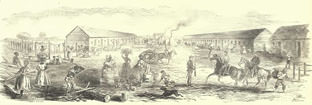
The Quartermaster's department provided immediate aid by establishing refugee camps at Beaufort, Bay Point, and Otter Island. On Hilton Head Island, they built large barracks described in 1862 by Edward Pierce, Special Agent to the Department of the Treasury as "two long rows of wooden buildings, nicely whitewashed on the outside, and having much the appearance of commissary store-houses, pierced with innumerable windows for the purpose of ventilation." As word spread that the army offered jobs and shelter, these facilities were soon overcrowded and unhealthy.

